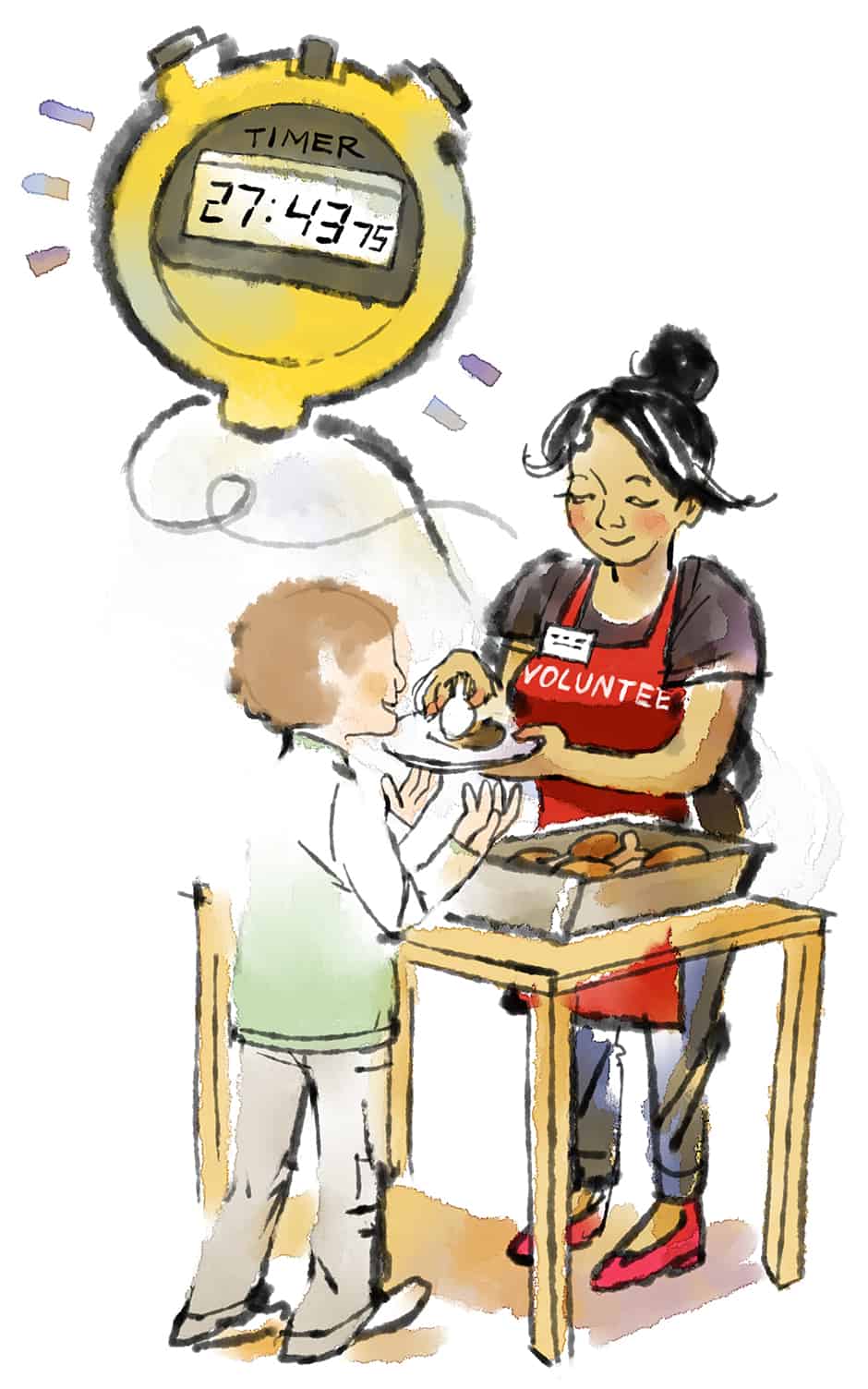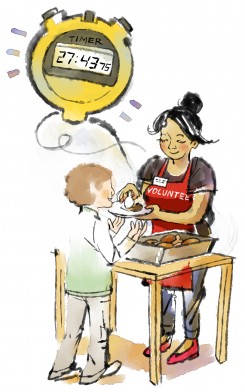With a student population the size of a small city, spread across three campuses separated by what can be hours of travel time, University of Toronto students often say it is difficult to find opportunities on campus.
University administration says that the solution could come in the form of the Co-Curricular Record (CCR). Launched in the fall of 2013, the CCR is a searchable database of approved activities at the University of Toronto and an official university record of those activities, with the goal of helping students identify the skills they gained to potential employers.
BACKGROUND
The impetus for creating the CCR came from the findings of an extensive set of student surveys conducted by the Council on Student Experience across all three U of T campuses in 2009 and 2010. The surveys, identified a need for the university to “reduce the intimidation factor, particularly in large classes, to encourage student-faculty interaction,” and to improve “messaging to encourage co-curricular participation and institutional pride.”
Academic studies have also suggested that the student experience is improved when students are able to engage with the university outside the classroom.
The U of T administration sought student input when they started developing the CCR in 2012. “Students sat on the working groups, participated in focus groups, attended town halls, and engaged in various conversations regarding how the CCR should be developed,” says Kimberley Elias, the student life coordinator for campus involvement at U of T, who also notes that the development process of the CCR is ongoing.
Elias completed her undergraduate degree at U of T in 2011, and recently completed her thesis entitled “Employer Perceptions of Co-curricular Engagement and the Co-Curricular Record in the Hiring Process” for her master’s degree in higher education.
The CCR is funded as part of the Next Generation Student Information Services, the same university initiative that created the Safety Abroad database and that is developing the new Accessible Campus Online Resource Network (ACORN) system, which is set to replace ROSi. “There have been minimal costs associated with promotion of the CCR, but no formal budget,” says Elias, adding, “The program runs, based on commitment from staff positions.”
Over 4,300 students used the CCR in its first year. Word of mouth has been an important factor in promoting the CCR to students, but the university used other methods as well, such as videos and a link on ROSI.
BUILDING A RESUME
In researching her thesis, Elias surveyed 110 employers listed on the U of T Career Centre database, and around three-quarters of them said that they would take the time to review an official record of student’s co-curricular activities.
However, Daniela McNamara, a senior manager for Career Programs at CIBC who is involved in recruiting fresh graduates, says that, when it comes to co-curricular activities, she has seen them only in candidates’ resumes — not on a CCR. “[In] resumes, it’s fairly brief, in terms of just explaining that they’re either a member or executive of a particular club,” she says.
When asked for her opinion on the usefulness of the CCR in assessing candidates, McNamara says that it may not accurately portray the student’s level of involvement in a particular activity. “It does give you more information about what the extra-curricular activity is,” but added, “it doesn’t tell me exactly what that individual did.”
McNamara says that she gains the most information on candidates’ experiences with co-curricular activities from interviews; the information gleaned is dependent on the candidate’s ability to talk about their experiences. “When it comes to the actual interview, it all depends on their communication style; some do it really well and some struggle a little bit,” she explained. “It’s not just about putting it on your resume, it’s about understanding that [you] chose this club, this activity, and these are things [you’ve] done and skills [you] got from it.”
Elias says that the CCR is meant to help students communicate their experiences and the skills they have gained to potential employers. “We envision students using the CCR to help them write their cover letter and resume, prepare for an interview, and students can attach the CCR to their application,” she says.
“An employer might not know what a residence don is, but they do know what communication, leadership, and teamwork are — and the CCR highlights these competencies,” she adds.
Vera Sipicki, a second-year computer science student, volunteered at University College this past summer. Though she did not find her position through the CCR, she was shown how to use it to create an official record of her experiences. “It helps a lot with describing the skills you acquired through the volunteering process,” says Sipicki.
Though she has not yet used her record to apply for a job, she is confident it will help her in the future. “As you end up getting more experience, once you get enough, it will definitely be useful for resumes,” says Sipicki.
Nicholas Yip, a second-year mechanical engineering student, says it is good for students to be able to bring together all of the extra curricular experiences they gained at university into a single file. “I think it would be great… I am from Hong Kong, I was studying in secondary school there and they have something similar,” says Yip, describing the official record of activities given to each student after they graduate from high school to use when applying for university.
THE DATABASE
Students can search the CCR database using over 60 individual filters listed under three categories specifying the location, type, and time of activity for which the student is looking. The search result lists the activities along with more detailed descriptions, hours, and the sign-up process.
Elias cites this level of detail as one of the CCR’s strengths, and notes that the search criteria are designed based on student input. “For example, commuter students talked about how difficult it is to get involved since many opportunities are after 9 pm. The CCR allows them to find opportunities Monday-Friday before 5 pm,” she explains.
Elias says the CCR database listed nearly 1,500 campus activities in its first year of operation. It continues to grow — some 4,000 new activities have been proposed for addition to the database, though many of these are still awaiting approval.
“We know that there are still many clubs that can be included on the CCR, and we will continue to offer training sessions for the next academic year,” says Elias.
Student organizations looking to add their activities to the CCR database must meet the following criteria: they must specify the tasks and duties for students to complete; the activities must allow the student to develop key skills; they must be recognized by ULife, UTSU, or a divisional student society; and must include the involvement of a faculty or staff member.
The faculty member acts as a validator, a role that can also be filled by a Club Hub, which is “an office on Campus that brings together groups with similar interests, such as the Centre for Community Partnerships,” says Elias.
Some have expressed concern that the involvement of validators could threaten the independence of student societies.
However, Elias stresses that the process for inclusion in the CCR database is student-driven. “Students identify what it means to ‘complete’ the opportunity, which is then approved by a committee primarily comprised of campus organization leaders,” she says. She also notes that the required faculty member can be chosen by the student group, that they only need to meet 3 times per year, and that their role is one of support not control. “The CCR is not intended to take away any group’s independence, but rather to help facilitate the learning process, and to add a level of accountability,” says Elias.
While the CCR at U of T continues to grow, colleges and universities across Canada have been developing their own co-curricular records. Elias says that around 60 schools have introduced them so far, including York University, McGill University, and the University of Alberta.



